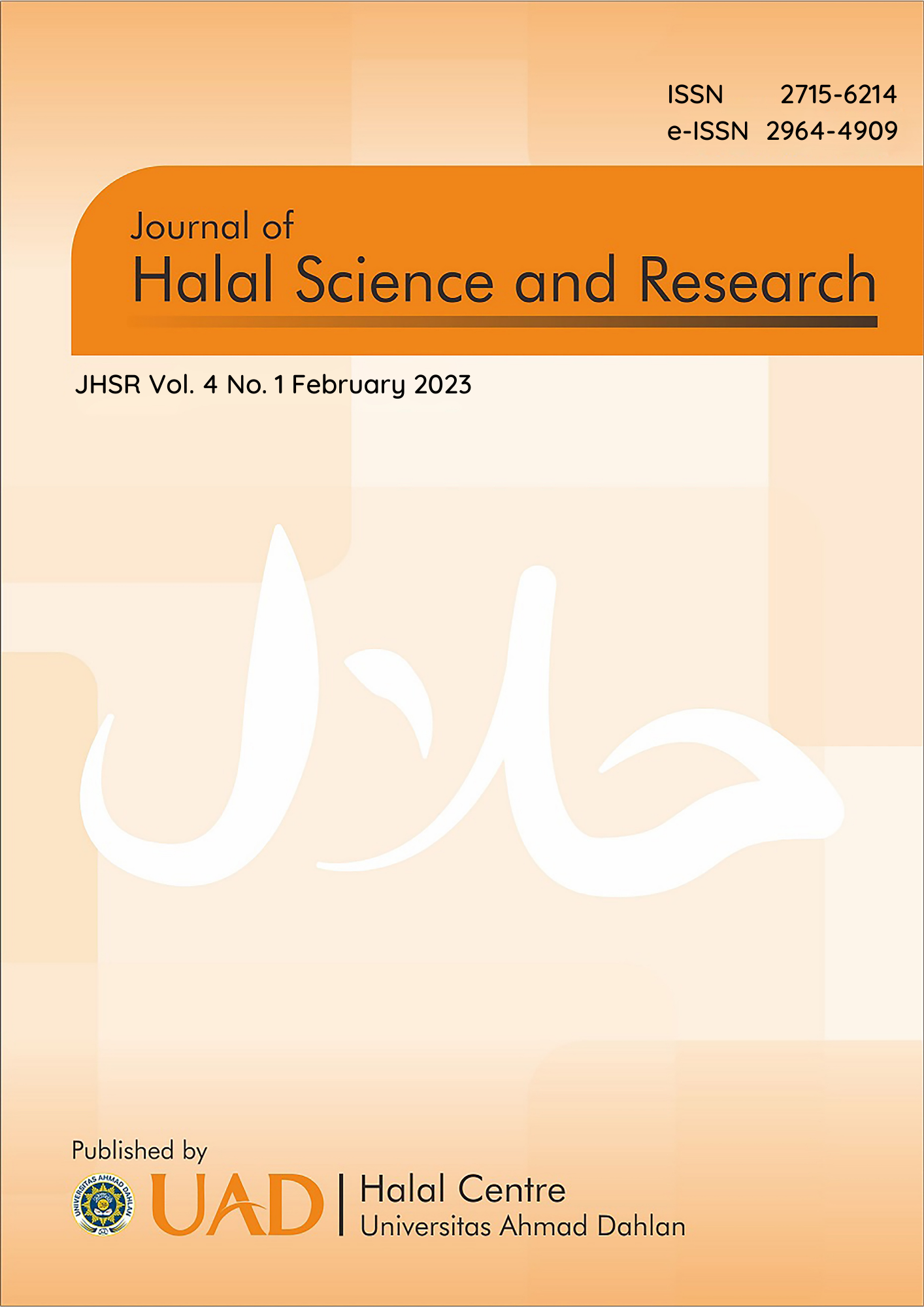Traditional literature review: investigation of rhodamine b on street foods and sauce products in Indonesia
DOI:
https://doi.org/10.12928/jhsr.v4i1.6987Abstract
Food is one of the most important basic human needs for growth and development. Generally, the types of food cater to tastes and look attractive. To make it look attractive and have good taste is usually added with food additives. The food products with the most coloring added are street foods, red sauces, and rainbow cakes that children love. Rhodamine B is a prohibited coloring agent and is not present in food because, for a long time, it will cause liver damage, tumors, and cancer. Therefore, an article review was conducted to determine the levels and methods that can be used to analyze Rhodamine B from several research journals that have been conducted. The literature review method uses the following keywords or terms and strategies: "analysis" AND "rhodamine B" AND "food" OR "chili sauce" for searches on PubMed and Science Direct, while Google Scholar uses the keywords "Analysis, Rhodamine B, makanan, Sauce." And the inclusion criteria used were: (1) research articles in the form of journals published in the last ten years (2010-2020), using both English and Indonesian, full text; (2) Articles that discuss the analysis of Rhodamine B in snack foods and sauces located in Indonesia; (3) proved to be positive for Rhodamine B. The results of the reviewed articles showed that there was still Rhodamine B content in snack foods and sauces used by traders. The analytical methods used for identification were TLC, color detection with wool yarn, Rhodamine B Rapit-test Kit, UV-Vis spectrophotometer, and Gravimetry. The highest levels of Rhodamine B were found at 194 ppm in tomato sauce. The review of articles that have been conducted shows that there is still Rhodamine B found in snack foods and sauces by traders, which can be harmful to health in the long and short term.
Downloads
Published
Issue
Section
License
Copyright (c) 2023 Universitas Ahmad Dahlan

This work is licensed under a Creative Commons Attribution-NonCommercial-ShareAlike 4.0 International License.
Authors who publish with JHSR (Journal of Halal Science and Research) agree to the following terms:
1. Authors retain the copyright and grant Universitas Ahmad Dahlan right of first publication with the work simultaneously licensed under a Creative Commons Attribution-NonCommercial-ShareAlike 4.0 License (CC BY-NC-SA 4.0) that allows others to share (copy and redistribute the material in any medium or format) and adapt (remix, transform, and build upon the material) the work for any purpose, even commercially with an acknowledgement of the work's authorship and initial publication in Universitas Ahmad Dahlan.
2. Authors are able to enter into separate, additional contractual arrangements for the non-exclusive distribution of the journal's published version of the work (e.g., post it to an institutional repository or publish it in a book), with an acknowledgement of its initial publication in Universitas Ahmad Dahlan.
3. Authors are permitted and encouraged to post their work online (e.g., in institutional repositories or on their website) prior to and during the submission process, as it can lead to productive exchanges, as well as earlier and greater citation of published work (See The Effect of Open Access).

This work is licensed under a Creative Commons Attribution-NonCommercial-ShareAlike 4.0 International License.




